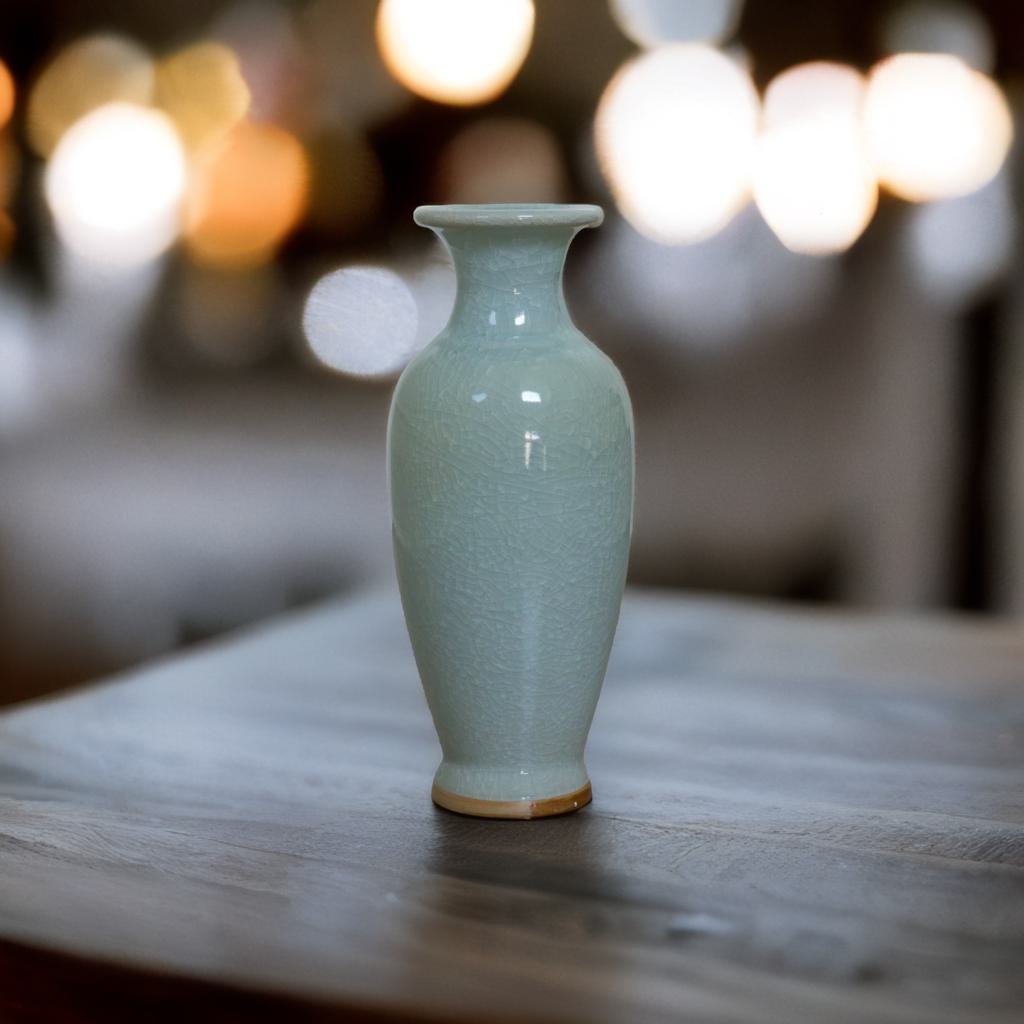RAF LIFESTYLE brings you an exquisite journey into the realm of porcelain with a focus on the captivating Plum Vases.
Embark on a regal exploration of ceramic art, where forms pay homage to earlier dynasties and ancient rituals. Beyond aesthetics, these creations embody the iconography of imperial power.
In the dance of Chinese porcelain, the Plum Vase emerges as a distinguished partner, tracing its origins back to the Tang Dynasty. Once known as the "Jing Ping" in the imperial corridors of "Jing Yan," its evolution over centuries has transformed it into a vessel that not only holds wine but whispers tales of imperial lectures and literati's floral aspirations.
As we peer into the delicate curvature of Plum Vases, their shoulders broad and base slender, a visual poetry unfolds. In the Song and Liao periods, these vessels, embodying both practicality and artistry, became the canvas for the flourishing skills of porcelain kilns across the expanse of ancient China.
Beyond their utilitarian role, Plum Vases find themselves adorned with the fragrance of blossoms. The literati, enamored by their small mouths and slender silhouettes, transformed these vessels into vessels of artistic expression, where plum branches found a harmonious abode.
Amidst the porcelain treasures unearthed by archaeologists, Plum Vases stand not just as remnants of royal indulgences but also as witnesses to rituals, ceremonies, and the passage of time.
In conclusion, these vessels, now commonly known as Plum Vases, transcend their functional purpose. They are not mere containers; they are delicate storytellers, weaving narratives of imperial grandeur, literati's sophistication, and the timeless allure of Chinese porcelain.
As you savor the beauty encapsulated within the contours of Plum Vases, remember, in the tapestry of Chinese porcelain, each vessel carries not just wine but a symphony of history and artistry. Embrace the elegance, for in Plum Vases, porcelain finds its poetic expression.

